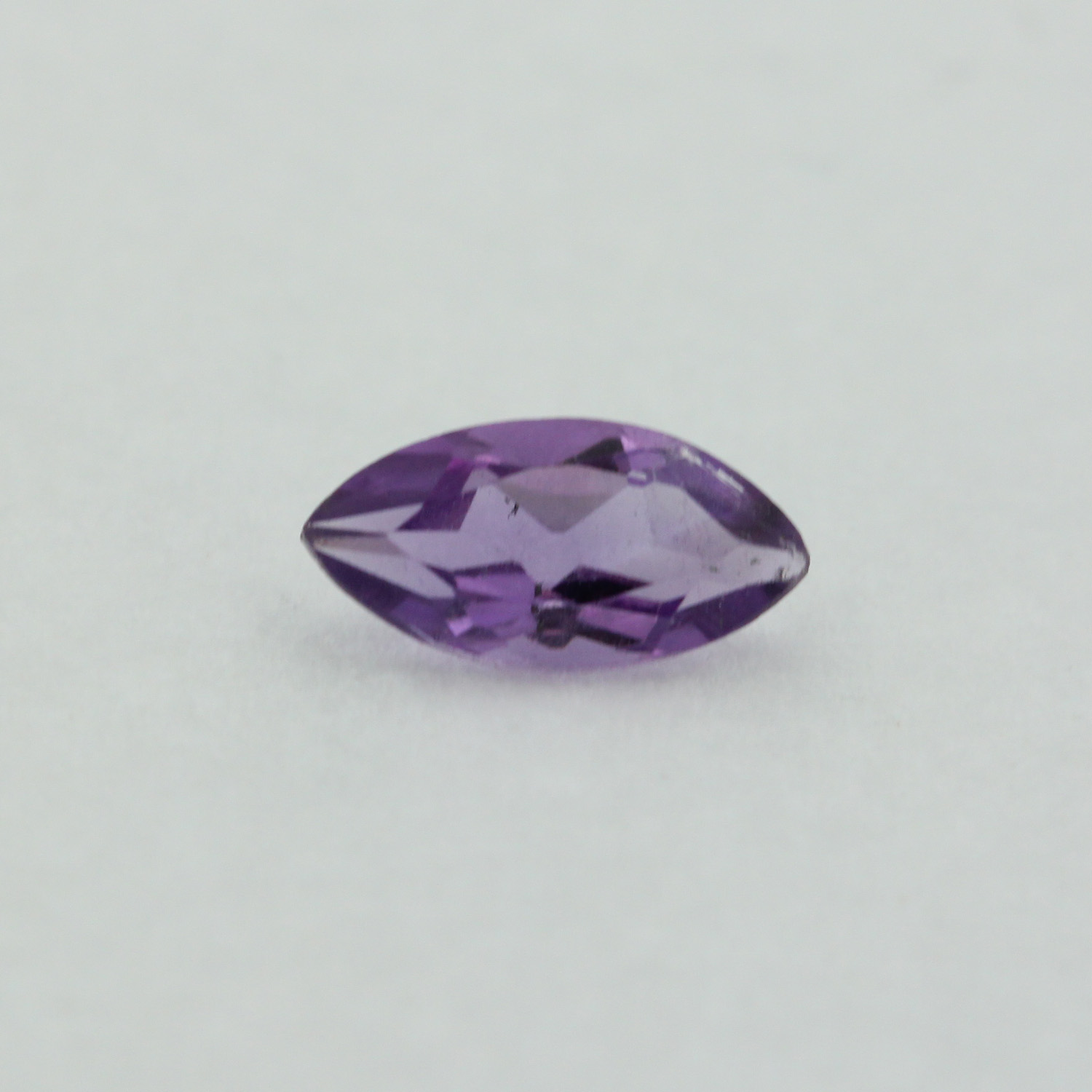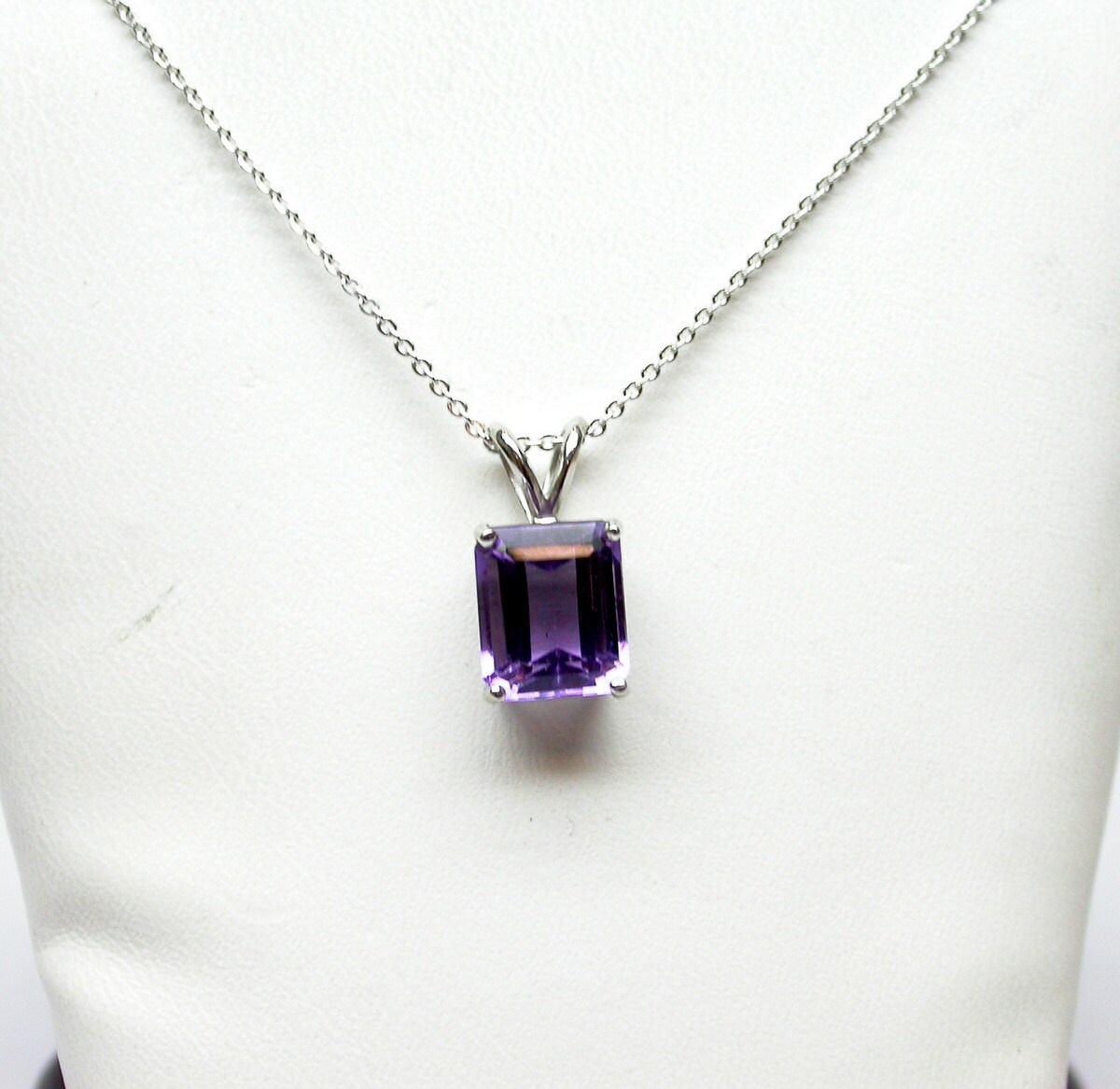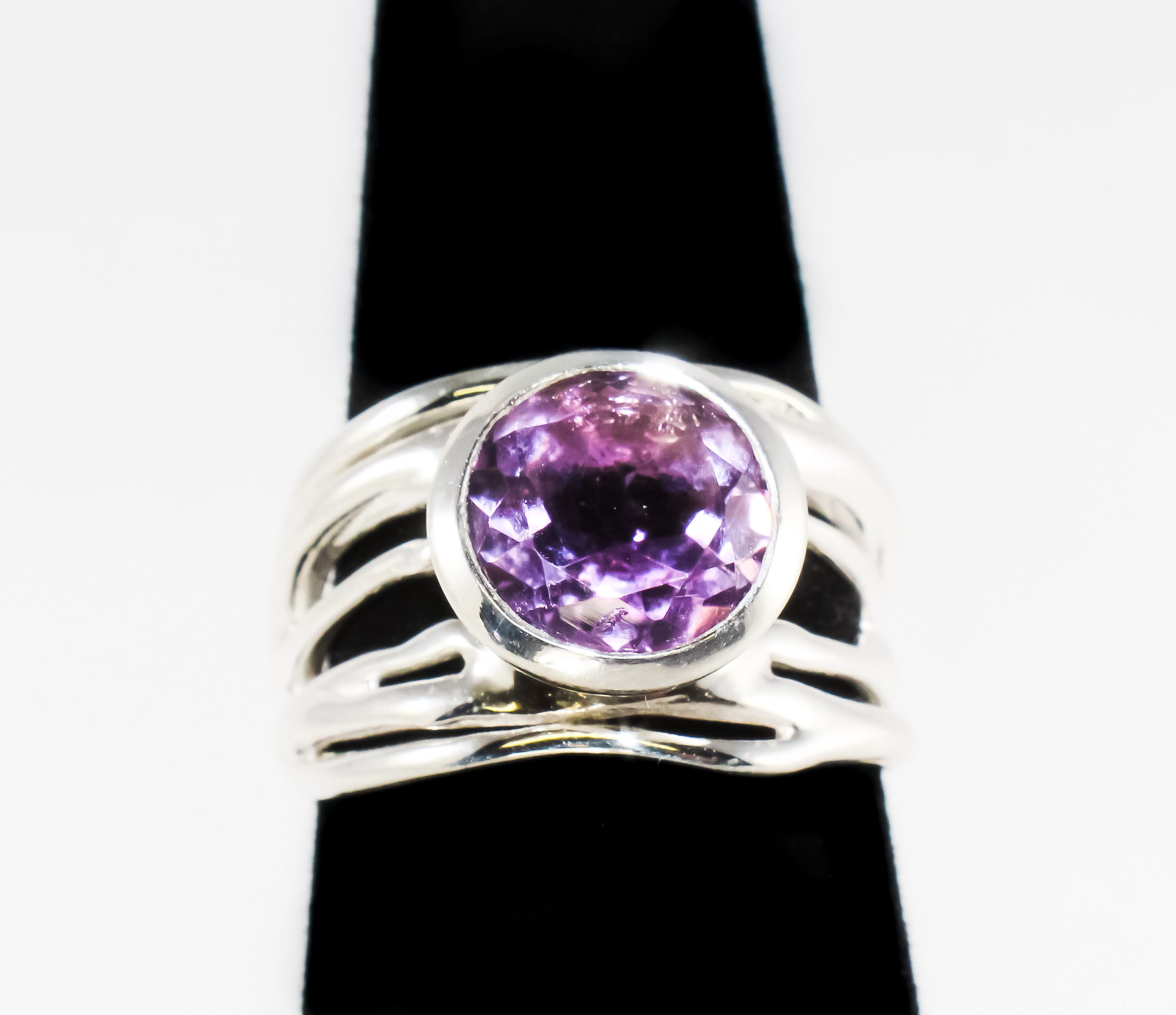
Synthetic stones are often crystal clear, or even if they are included, the inclusions are not as irregular as they are in a natural amethyst. If you see round gas bubbles inside the gem, then chances are it is fake and not natural. Some inclusions exclusive to natural amethyst which you can look out for, through a 10x loupe or microscope include- Zebra stripe/tiger stripe effect, mineral crystals, liquid inclusions, goethite/hematite inclusions. A real amethyst will have some inclusions in it, which make it distinct and serve as key indicators of natural gem. However, it is more irregular, with a starker difference between the hues.Īuthentic gems aren’t perfect they have imperfections within them. Some synthetic amethyst can even replicate natural amethyst’s color zoning. If a stone is a single color throughout (not changing upon light or rotation), it might be fake. In a real amethyst, the color will have some changeability and will slightly vary within the gem itself. Hold the gem up to the light and slightly rotate it.If the stone is completely purple, chances are it is fake. If it is a real stone, you will see an uneven distribution of purple color including additional colors such as blue and white. Place the stone table/face down on a white background.When you are out for your amethyst purchase, follow these two tips to check for the color. Here are some of the things you should watch out for: ColorĪ real amethyst exhibits color zoning, meaning its color is unevenly distributed throughout.Īlso, being a doubly refractive gem, amethyst shows ‘dichroism’, with the color changing from gray-violet to purple. Luckily, there are a few handy and nifty methods you can use, to be relatively sure whether you actually are in company of a natural amethyst. Synthetic amethyst can best be identified by employing a combination of techniques, such as advanced tools (EDXRF analysis, FTIR Infra-Red Spectra and LA-ICP-MS), inspection of twinning and conventional equipment. However, it became complicated and challenging when twinned seeds were used to synthesize amethyst, as it caused more-natural looking growth features.


Most of the synthetic amethyst that entered the gem trade before the 1990s, was grown using un-twinned seed crystals, which made it possible to detect it through standard gemological tests. Telling a real amethyst from a fake one requires the eye of a gemstone expert. Nevertheless, these gems have notable differences in both optical and physical properties, such as crystal system, refractive indices and specific gravity, which help to separate them from amethyst. These include, but are not limited to: Purple Sapphire, Kunzite, Spinel, Iolite, Scapolite, Fluorite, Apatite, Rhodolite Garnet, Treated/dyed Quartz, Glass/Paste and glass-ceramic composite. The synthetic crystal thus closely replicates the purple-violet color of the natural amethyst.Īs per the estimates, half or more of commercially available amethyst in the market today is synthetic and is often sold to unwitting buyers as the real thing.Īpart from synthetics, there are various other purple/violet gems which ‘look alike’ or imitate amethyst. The crystallisation takes place from a seed crystal with chemical solutions in an autoclave. Synthetic or man-made versions of amethyst produced by the ‘Hydrothermal’ growth process entered the gem market in the 1970s. What Is Fake Amethyst: Synthetics & Simulants Little less saturated color, closer to medium-dark purple.

Varietyĭealers use four grades based on color, to assess amethyst’s quality and value. There are certain key gemological properties of amethyst as follows, which identifies it as real. Today, it is abundantly available and relatively affordable, even in larger sizes and good clarity. Some contemporary sources are Brazil, Russia, Uruguay, Zambia, Mexico, Canada and Sri Lanka. Gem quality amethyst is found on all continents and in various geologic environments. Until 19 th century, amethyst was rare and occurred only in a few sources, when a huge amethyst deposit in Brazil came to light and the purple gem quickly became plentiful and affordable.

Whether its crystals are left natural, or faceted into magnificent jewels, it is a gem whose beauty transcends its commonality. The finest amethyst color is a strongly saturated reddish purple or purple.Īmethyst is allochromatic in nature, meaning it is colorless in pure form and gets its characteristic color due to trace elements of iron within its crystal structure.Īmethyst forms as crystals in geodes, clusters, and as long single terminations.


 0 kommentar(er)
0 kommentar(er)
